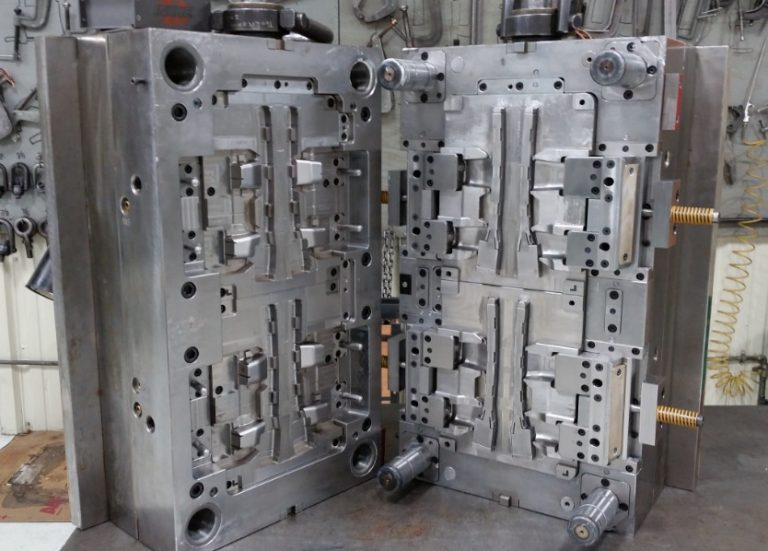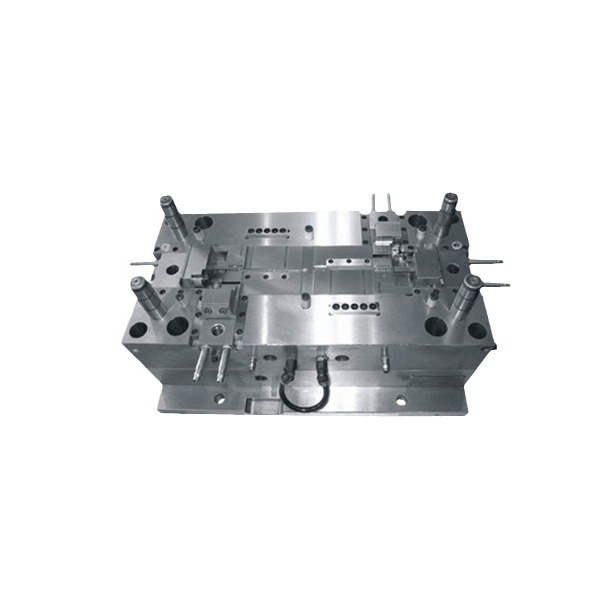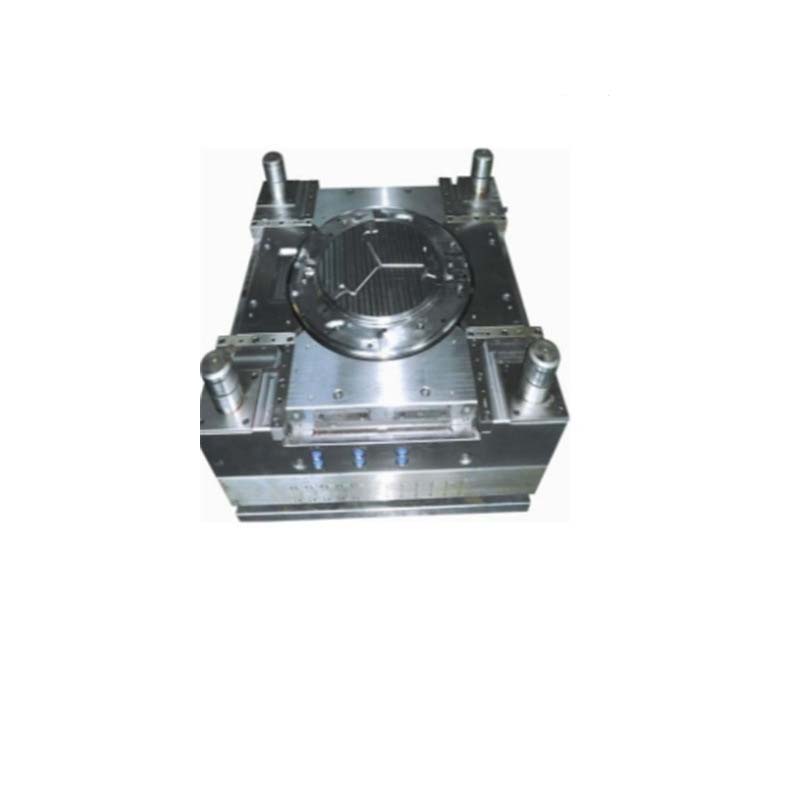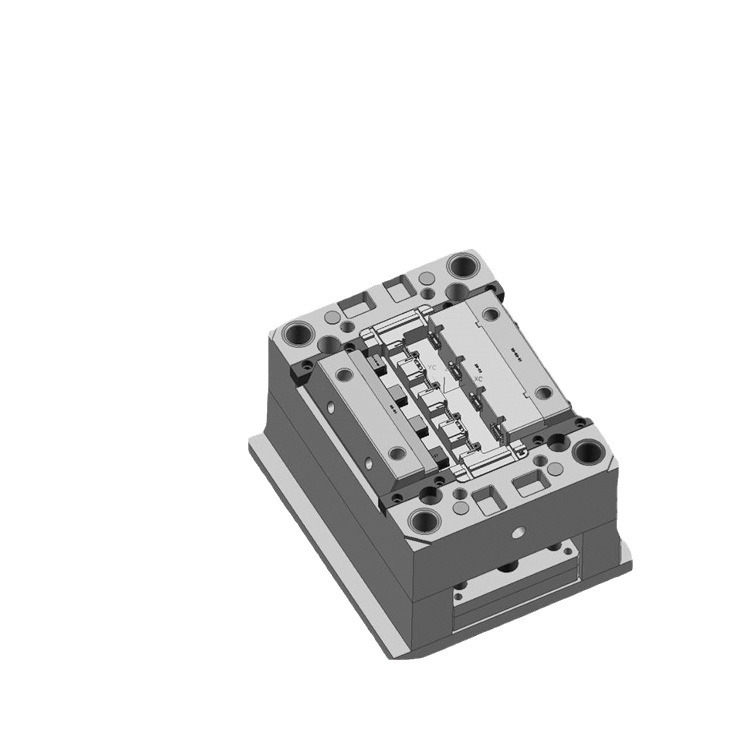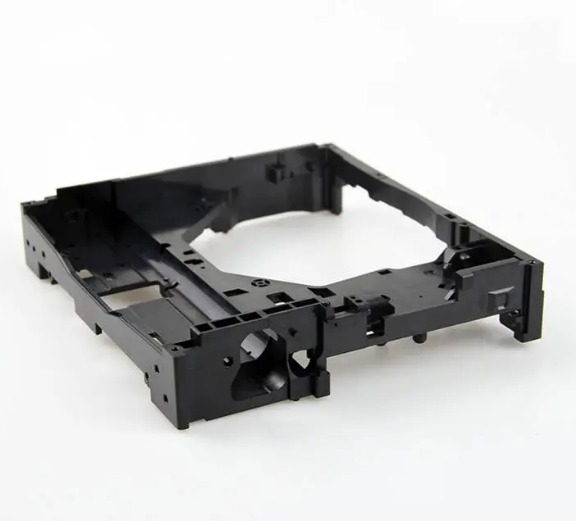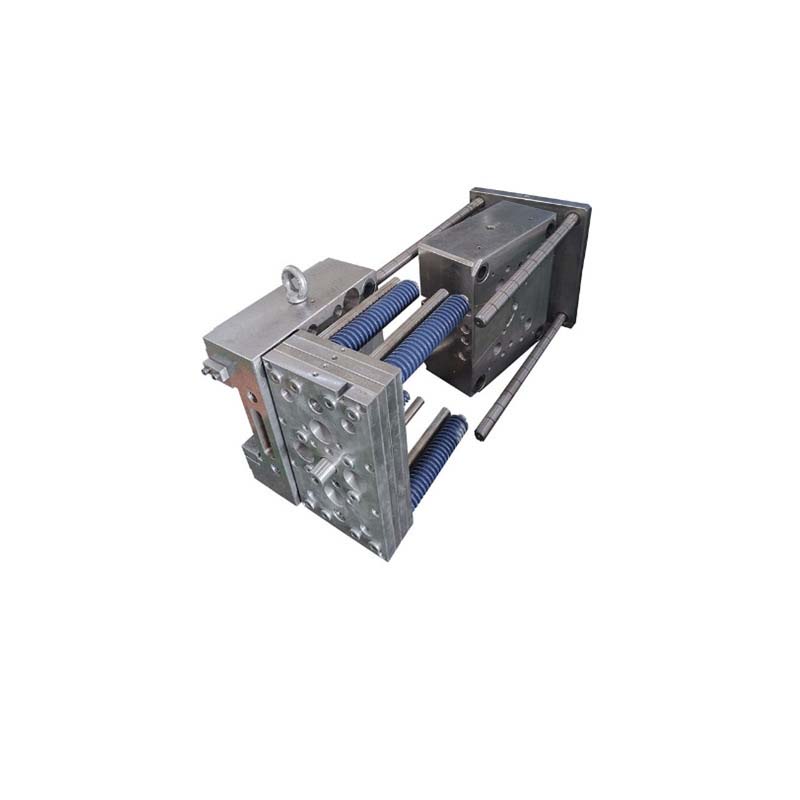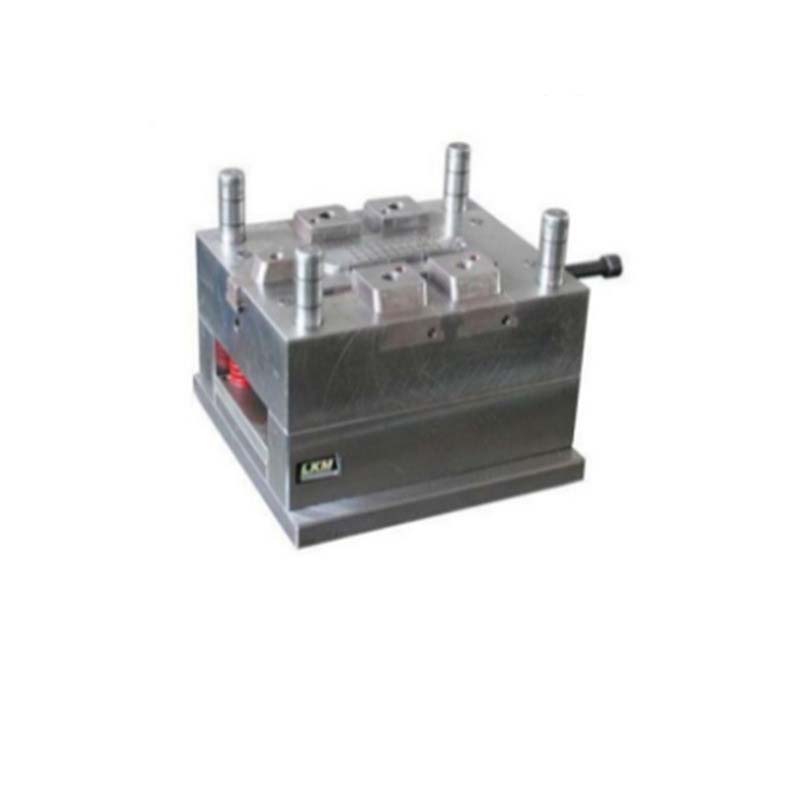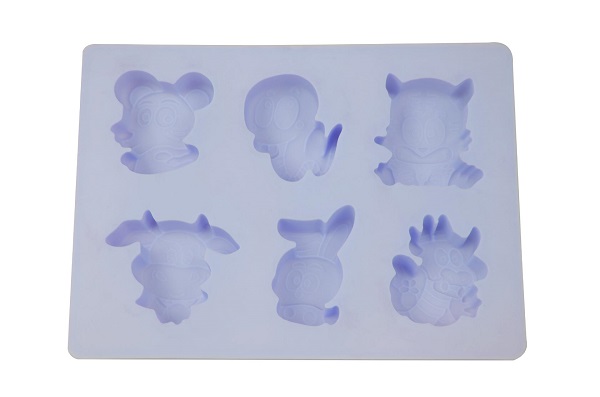Introduction
Injection Moulded Polypropylene (IPP) has firmly established itself as a cornerstone material in modern industrial manufacturing. Its versatility, cost - effectiveness, and a wide range of desirable properties make it an ideal choice for countless applications across various industries. From the automotive sector, where it contributes to vehicle lightweighting and cost - reduction, to the consumer goods industry, where it is used to create durable and affordable household items, IPP is everywhere.
The choice of materials for injection - moulded polypropylene is a critical decision that can significantly impact the quality, performance, and cost - effectiveness of the final product. Different grades and types of polypropylene offer unique characteristics, and understanding these nuances is essential for engineers, manufacturers, and product designers. This article delves deep into the characteristics of material selection for injection - moulded polypropylene, exploring factors such as mechanical properties, chemical resistance, thermal stability, and processing characteristics. By the end, you'll have a comprehensive understanding of how to make informed material choices to meet the specific requirements of your injection - moulding projects.
Key Characteristics of Injection Moulded Polypropylene
1. Physical Properties
Injection moulded polypropylene has a relatively low density, typically around 0.9 - 0.91 g/cm³. This low density makes it significantly lighter than many other common plastics like ABS (Acrylonitrile Butadiene Styrene) which has a density of about 1.04 - 1.06 g/cm³. The light - weight nature of polypropylene is a major advantage in applications where weight reduction is crucial, such as in the automotive industry. For example, using injection moulded polypropylene for interior components like dashboards and door panels not only reduces the overall weight of the vehicle but also contributes to better fuel efficiency.
The melting point of injection moulded polypropylene is in the range of 160 - 170°C. This relatively high melting point allows it to maintain its shape and integrity in applications where moderate heat exposure is expected. In food packaging, it can withstand the temperatures during hot - filling processes without deforming, ensuring the safety and quality of the packaged products.
2. Chemical Resistance
One of the remarkable features of injection moulded polypropylene is its excellent chemical resistance. It shows high tolerance to a wide range of chemicals. For instance, it is highly resistant to acids such as hydrochloric acid and sulfuric acid, as well as alkalis like sodium hydroxide. In comparison to polyethylene (PE), polypropylene has better resistance to certain organic solvents. The following table shows a comparison of the chemical stability of injection moulded polypropylene with some other common materials:
| Material | Resistance to Hydrochloric Acid | Resistance to Sodium Hydroxide | Resistance to Ethanol |
| Injection Moulded Polypropylene | High | High | High |
| Polyethylene | High | High | Moderate |
| ABS | Moderate | Low | Low |
This chemical resistance makes injection moulded polypropylene suitable for use in chemical storage containers, laboratory equipment, and industrial pipelines where exposure to various chemicals is inevitable.
3. Mechanical Strength
Injection moulded polypropylene exhibits good mechanical properties. Its tensile strength typically ranges from 20 - 40 MPa. For example, in applications where parts need to withstand pulling forces, such as in some plastic fasteners, the tensile strength of polypropylene ensures that they can hold components together effectively.
The bending strength of injection moulded polypropylene is also notable, usually in the range of 30 - 60 MPa. This property is crucial in applications like plastic hinges. A well - designed plastic hinge made from injection moulded polypropylene can endure repeated bending cycles without breaking, which is commonly seen in the lids of plastic containers.
In addition, polypropylene has a good flexural modulus, usually around 1000 - 1500 MPa. This modulus value indicates its stiffness and ability to resist bending deformation under load, making it suitable for applications where dimensional stability is required, such as in the production of precision - molded parts for electronics.
Factors Influencing Material Selection
1. Application Requirements
Automotive Industry: In the automotive sector, injection moulded polypropylene is used in a wide range of components. For interior parts like dashboards, it needs to have good heat resistance to withstand the heat generated within the vehicle cabin. Additionally, it should possess excellent impact resistance to ensure passenger safety in case of collisions. For example, high - impact - modified polypropylene is often used for bumpers. These parts must be able to absorb and dissipate energy during a collision, and the high - impact - modified polypropylene can meet this requirement with its enhanced toughness.
Packaging Industry: In packaging, especially for food packaging, injection moulded polypropylene must be non - toxic and have good barrier properties. It needs to prevent the entry of oxygen and moisture to extend the shelf - life of the packaged food. For instance, clear polypropylene containers used for fresh produce need to be transparent to allow consumers to see the product inside, while also maintaining the freshness of the food by providing a good barrier against external elements.
2. Cost Considerations
The cost of injection moulded polypropylene can vary depending on factors such as its grade, additives, and the scale of production. Generally, polypropylene is relatively cost - effective compared to some engineering plastics. However, when considering material selection, the balance between cost and performance is crucial.
For large - scale consumer goods production, such as disposable plastic cutlery, cost is a major factor. Manufacturers often choose a basic grade of injection moulded polypropylene to keep production costs low while still meeting the basic requirements of strength and functionality. On the other hand, in high - performance applications like aerospace components (where polypropylene might be used in some non - critical parts), performance requirements like high - temperature resistance and extreme mechanical strength take precedence over cost. Even though the cost of specialized, high - performance polypropylene grades is higher, the reliability and performance they offer are essential for the safety and functionality of the aerospace products.
3. Processing Ease
Injection moulded polypropylene has several processing advantages. It has a relatively low melt viscosity, which means it can flow easily into the mould cavities during the injection - moulding process. This allows for faster filling of the mould, reducing the overall cycle time of production.
The fast cooling rate of polypropylene is another advantage. It solidifies quickly after injection, enabling rapid demoulding. For example, in the production of plastic toys, where high - volume production is required, the fast cooling and easy demoulding of injection moulded polypropylene mean that more toys can be produced in a shorter time. Additionally, polypropylene has good compatibility with a wide range of mould - release agents, further facilitating the demoulding process and reducing the risk of damage to the moulded parts.
Yigu Technology's Perspective
As a non - standard plastic metal products custom supplier, Yigu Technology deeply understands the significance of material selection for injection - moulded polypropylene. We have extensive experience in meeting diverse customer needs. Our team of experts carefully evaluates each project's unique requirements, be it in terms of mechanical strength, chemical resistance, or cost - effectiveness.
We have successfully customized injection - moulded polypropylene products for various industries, from creating specialized chemical - resistant containers to precision - engineered components for the automotive industry. Our advantage lies in our ability to source high - quality polypropylene materials from reliable suppliers and our state - of - the - art manufacturing facilities, which ensure that every product meets the highest standards of quality and precision. We also offer comprehensive technical support, guiding customers through the entire process, from material selection to the final product delivery, to ensure that their projects are a success.
FAQ
1. What are the main differences between Injection Moulded Polypropylene and other plastics?
Injection Moulded Polypropylene (IPP) has a lower density compared to many plastics like ABS, making it lighter. It also has excellent chemical resistance, better than some common plastics such as polyethylene in resisting certain organic solvents. In terms of melting point, it is relatively high, around 160 - 170°C, which is different from plastics with lower melting points. In applications, IPP is often used in automotive interiors for its light - weight and heat - resistant properties, while materials like PVC are more common in plumbing due to their different chemical and mechanical characteristics.
2. How to choose the right grade of Injection Moulded Polypropylene for specific applications?
First, consider the application requirements. For high - impact applications like automotive bumpers, choose high - impact - modified polypropylene grades. In food packaging, select non - toxic grades with good barrier properties. Cost is also a factor. For large - scale, low - cost production, basic grades may be sufficient, while high - performance applications may require more expensive, specialized grades. Also, take into account the processing characteristics. Grades with lower melt viscosity are easier to process in injection - moulding machines.
3. Is Injection Moulded Polypropylene environmentally friendly?
Yes, Injection Moulded Polypropylene is relatively environmentally friendly. It is recyclable, and recycling polypropylene helps reduce the amount of plastic waste in landfills and the environment. Although it is a plastic, compared to some non - degradable plastics, it has a lower environmental impact. Some industries are increasingly using recycled polypropylene in their products to further enhance their environmental sustainability.
